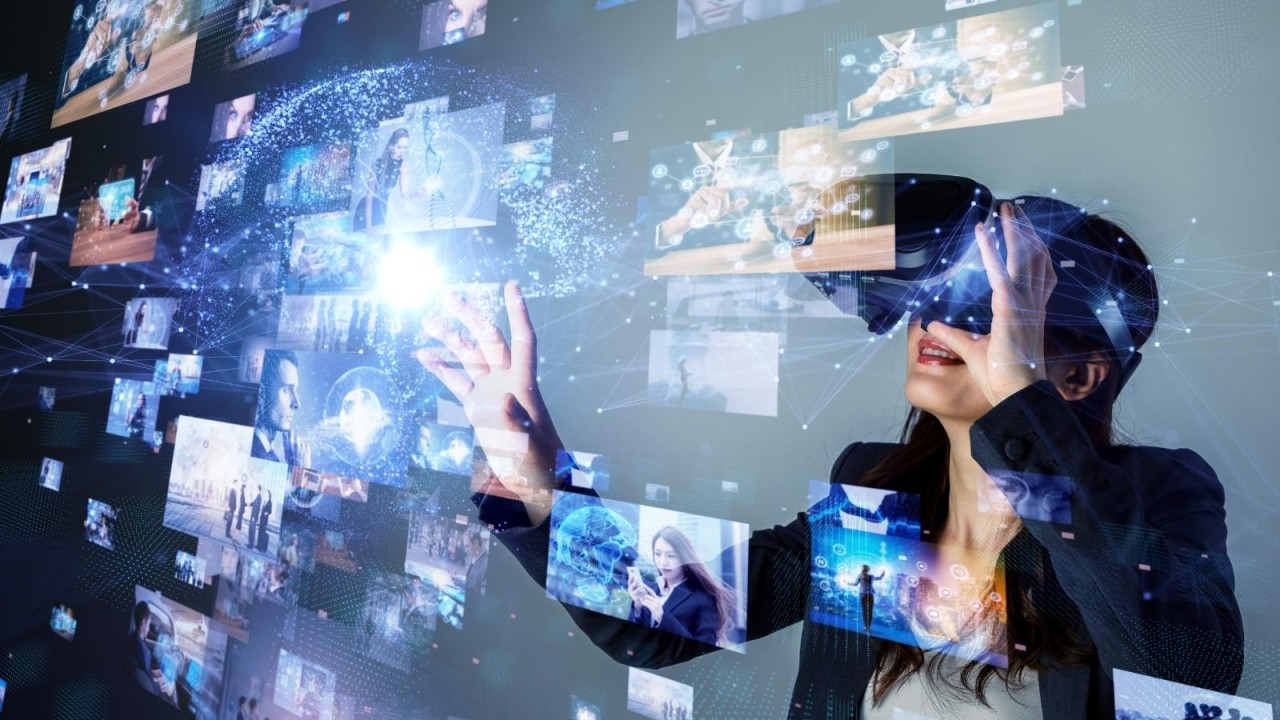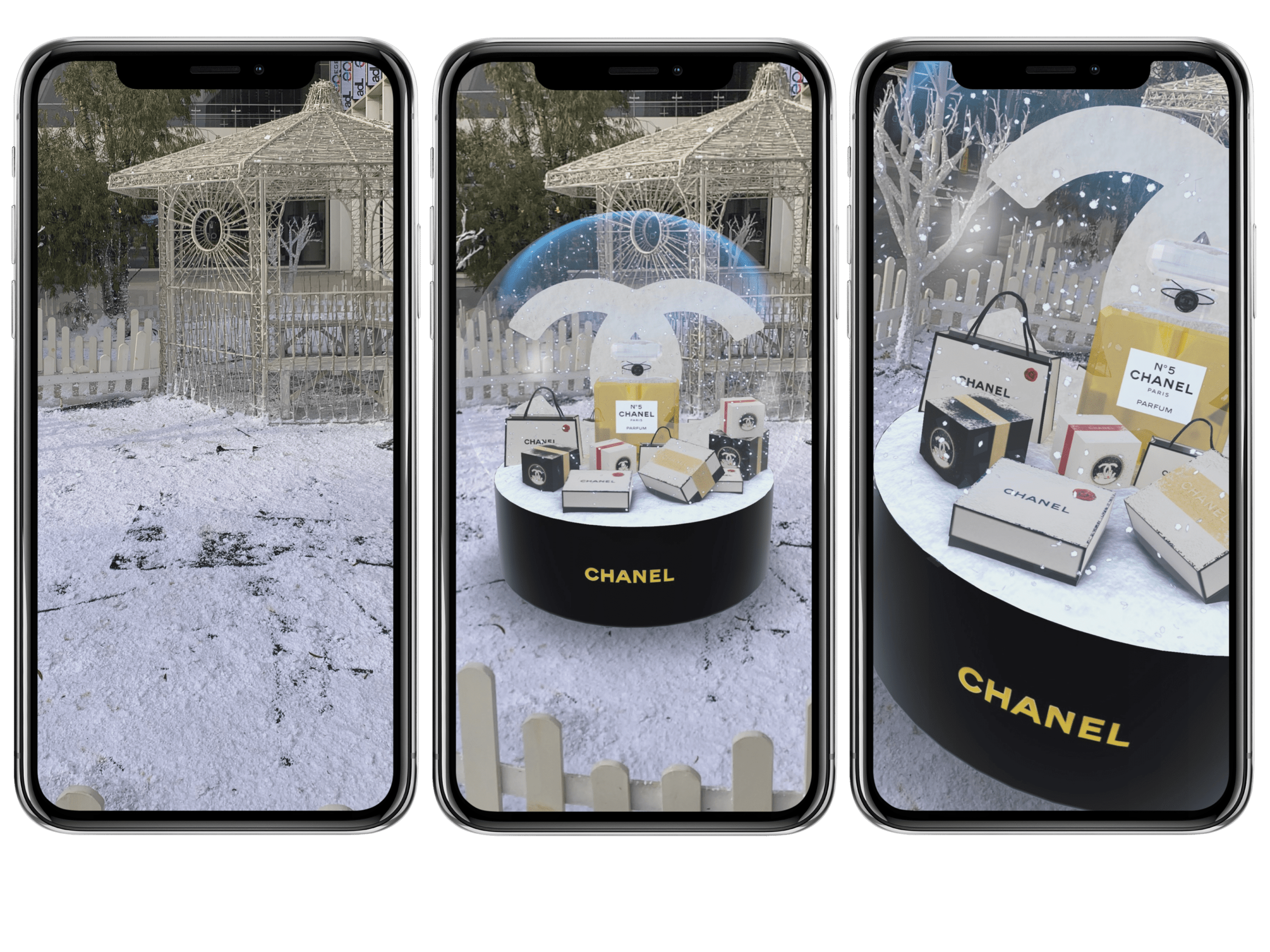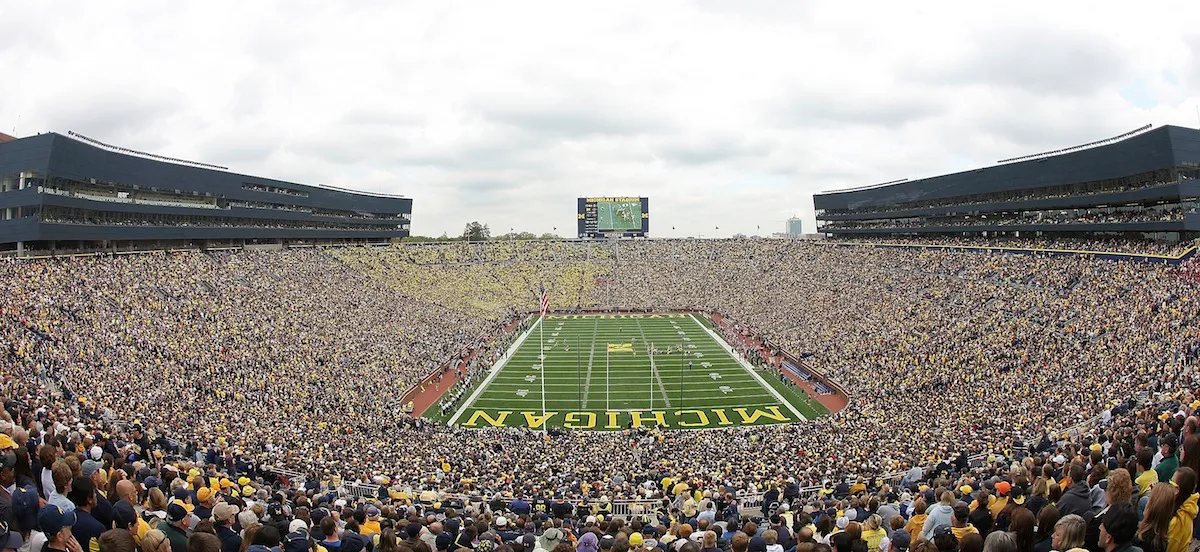Marketing is undergoing a technological revolution, and at the forefront of this transformation are augmented reality (AR) and virtual reality (VR). These immersive technologies are reshaping how brands engage with consumers, offering interactive, experiential marketing strategies that go far beyond traditional advertising.
As audiences demand more engaging and personalized experiences, brands must adapt by integrating AR and VR into their marketing strategies. Whether through virtual try-ons, interactive storytelling, immersive brand activations, or metaverse experiences, these tools allow businesses to create high-impact digital and live experiences that captivate audiences and drive conversions.
In this article, we’ll explore how AR and VR are changing the landscape of marketing, highlight real-world applications, and discuss how Towerhouse Global can help brands implement cutting-edge experiential marketing campaigns using these technologies.
1. Understanding AR and VR in Marketing
What is Augmented Reality (AR)?
Augmented reality (AR) enhances the real world by overlaying digital elements onto physical environments, typically through smartphones, tablets, smart glasses, or AR headsets. Unlike virtual reality, which creates a fully digital world, AR blends the digital with the real, creating interactive and engaging experiences.
📌 Example:
- IKEA Place App – Allows customers to visualize furniture in their homes using AR before purchasing, making online shopping more immersive.
✔ Why AR Matters in Marketing:
✅ Enhances product visualization and customer decision-making.
✅ Bridges the gap between e-commerce and in-store shopping.
✅ Encourages interaction, leading to higher engagement and conversion rates.
What is Virtual Reality (VR)?
Virtual reality (VR) creates fully immersive digital environments that transport users to virtual worlds where they can explore, interact, and engage with brands in a more meaningful way. VR is typically experienced through headsets like Oculus, HTC Vive, or PlayStation VR.
📌 Example:
- Volvo’s VR Test Drive – Volvo created a VR-powered test drive experience, allowing consumers to explore their new car models from the comfort of their homes.
✔ Why VR Matters in Marketing:
✅ Delivers immersive brand storytelling that traditional ads cannot.
✅ Allows consumers to experience products in a controlled, engaging virtual environment.
✅ Encourages deeper emotional connections with the brand.
How AR and VR Enhance Experiential Marketing
Experiential marketing focuses on creating hands-on, memorable brand interactions. By integrating AR and VR, brands can amplify these experiences, making them more immersive and impactful.
📌 Key Benefits of AR & VR in Experiential Marketing:
✔ Transforms static ads into interactive experiences.
✔ Engages customers with personalized, real-time brand interactions.
✔ Creates shareable moments that encourage social media engagement.
How Towerhouse Global Helps:
We design AR & VR-powered brand activations, live events, and interactive digital campaigns that elevate brand engagement and consumer experience.
2. Real-World Applications of AR & VR in Marketing
- AR-Powered Virtual Try-Ons & Product Visualization
📌 Why It Matters:
- Customers can “try on” products virtually before purchasing, boosting confidence and reducing returns.
- AR-driven product visualization bridges the gap between online and in-store shopping.
📌 Example:
- Sephora Virtual Artist App – Uses AR to let customers try on makeup in real-time before purchasing online.
✔ Why This Works:
✅ Increases conversions by allowing customers to interact with products.
✅ Reduces hesitation and builds confidence in online shopping.
✅ Enhances personalization by adapting to different customer preferences.
How Towerhouse Global Helps:
We develop AR-powered retail experiences and e-commerce tools that bring products to life, increasing customer engagement and sales.
- VR for Immersive Brand Storytelling & Virtual Events
📌 Why It Matters:
- Brands can create fully immersive experiences that transport users into their story.
- VR-based virtual events extend brand reach beyond physical locations.
📌 Example:
- Coca-Cola’s VR Holiday Experience – Coca-Cola created a VR-powered holiday journey, allowing customers to explore a winter wonderland and interact with digital characters.
✔ Why This Works:
✅ Creates an emotional connection with consumers through immersive storytelling.
✅ Offers a unique, memorable brand interaction.
✅ Increases dwell time and brand engagement.
How Towerhouse Global Helps:
We design custom VR brand activations and virtual event experiences that engage audiences and enhance brand storytelling.
- AR-Powered Interactive Ads & Social Media Marketing
📌 Why It Matters:
- Social media platforms like Instagram, Snapchat, and TikTok have embraced AR-powered marketing.
- Brands use AR filters, interactive ads, and gamification to increase engagement.
📌 Example:
- Gucci’s AR Sneaker Try-On via Snapchat – Gucci enabled users to try on sneakers virtually and purchase directly through the app.
✔ Why This Works:
✅ Encourages social sharing and viral engagement.
✅ Enhances user interaction with branded AR experiences.
✅ Drives direct e-commerce conversions from social media.
How Towerhouse Global Helps:
We create AR-powered social media activations, branded filters, and interactive ads that boost brand visibility and engagement.
- AR & VR in Live Events & Experiential Activations
📌 Why It Matters:
- Brands can enhance live events with interactive AR experiences.
- VR activations allow brands to create immersive digital experiences at trade shows, festivals, and brand activations.
📌 Example:
- Pepsi Max’s AR Bus Stop Ad – Pepsi used AR screens at bus stops to create realistic, surprise experiences, such as alien invasions or wild animals appearing on the street.
✔ Why This Works:
✅ Turns everyday locations into brand engagement opportunities.
✅ Encourages consumer participation and excitement.
✅ Drives social media engagement through user-generated content.
How Towerhouse Global Helps:
We develop AR & VR-powered live event activations that create buzz and memorable brand experiences.
3. The Future of Marketing with AR & VR
📌 Emerging Trends in AR & VR Marketing:
✔ Metaverse Brand Experiences – Brands will create virtual storefronts and immersive 3D marketing environments.
✔ AI-Powered AR Personalization – AI-driven AR ads that adapt to consumer preferences in real-time.
✔ Wearable AR & VR Tech – Devices like AR glasses will bring hands-free brand interactions to the mainstream.
✔ Location-Based AR Advertising – AR-powered billboards and outdoor advertising that interact with users in real time.
📌 Example:
- Ray-Ban & Meta’s Smart Glasses – These AR-powered glasses allow users to interact with real-time digital overlays, revolutionizing hands-free marketing.
✔ Why This Matters:
✅ Brands that invest in AR & VR early will have a competitive advantage.
✅ Immersive experiences increase customer retention and loyalty.
✅ AR & VR marketing will drive the next evolution of digital engagement.
4. How Towerhouse Global Can Help Brands Implement AR & VR Marketing
📌 Our AR & VR Marketing Services:
✔ AR-Powered Social Media & Digital Advertising – Creating interactive filters and immersive ad experiences.
✔ Virtual Reality Brand Activations & Events – Designing fully immersive, digital-first brand experiences.
✔ AR-Enhanced Retail & E-Commerce Experiences – Implementing virtual try-ons and interactive product visualizations.
📩 Contact Towerhouse Global today to develop a high-impact AR & VR marketing campaign that captivates audiences and transforms brand engagement! 🚀



